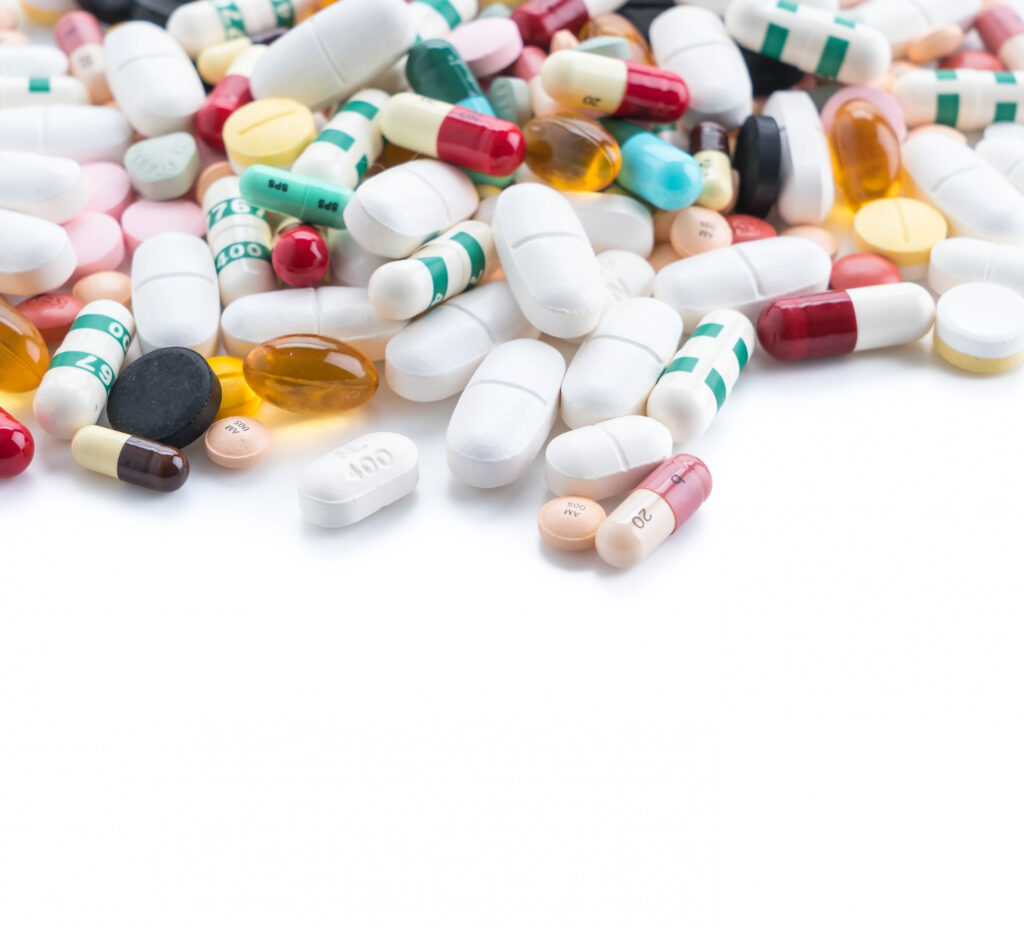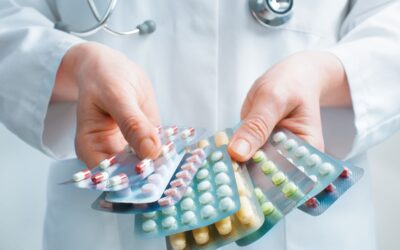
An equivalent drug (also called a generic) is a medicine developed to be the same as another one that is already licensed. The creation of an equivalent drug is only possible once the patent on the reference drug (i.e., the original drug) has expired, and it must share with it:
- Active ingredient
- Dosage
- Disease for which it is used.
They may instead differ in:
- Name
- Appearance (such as color or shape)
- Packaging
- Non-active ingredients.
Despite these differences, generic drugs are produced following the same quality standards as all other pharmaceuticals product.
The birth of the generic drug
Equivalent drugs emerged as a solution to provide medicines at lower prices compared to their brand-name counterparts, thereby increasing the affordability of medical care. The history of equivalent drugs can begin around the end of the 19th century, when companies began producing “generic” versions of brand-name drugs. However, these were not subject to regulations or quality standards, which made it difficult for consumers to know whether they were safe and effective.
The first generic drug law in the United States was passed in 1984 with the Drug Price Competition and Patent Term Restoration Act, known as the Hatch-Waxman Act. This law officially introduced a process for Food and Drug Administration (FDA) approval of generic drugs and established requirements for bioequivalence, which allowed generic drugs to be considered equivalent to brand-name drugs in terms of safety and efficacy.
The European Medicines Agency (EMA) began regulating generic drugs starting in 2001 with the Medicines for Human Use Directive 2001/83/EC. Since then, it has continued to update and simplify its regulations over the years to ensure that generic drugs are safe and effective for European patients.
Approval of a generic drug
The approval process for a generic drug follows a similar path to branded drugs. However, there are some key differences in the requirements:
- To be approved, a generic drug must demonstrate that it is bioequivalent to the brand-name drug. This means it must have the same formulation, the same dosage, and feature the same methods of use and administration.
- Generic drugs do not require clinical efficacy studies because they are assumed to be equivalent to the brand-name drug, which has already been shown to be so. However, studies demonstrating this bioequivalence may be required.
- The next step is to apply to the regulatory agency for approval of the drug. For the FDA, a New Drug Application (ANDA) must be submitted, while for the EMA, the process goes through a Marketing Authorization Application (MAA). At this stage, the company must provide information on the quality of the drug, including the results of bioequivalence testing, and a comparative analysis of the generic drug against the reference drug.
Once the application is received, it will be evaluated and possibly approved. Generic drugs are subject to review to ensure that they continue to meet quality and safety requirements. EMA and FDA can withdraw approval of a generic drug if quality or safety issues are found.
The generic drugs market
In 2021, the global generic drug market generated $392.4 billion and is projected to reach $531.8 billion by 2028, with an annual growth rate of 5.2 %. This expected growth is supported by some evidence in the global market:
- More and more patents are expiring, opening up new opportunities for manufacturers to create generic drugs. By 2023 there are 51 patents expiring, a number that is set to grow year by year.
- The increasing use of automated processes makes generic drug production even more profitable.
- The spread of chronic diseases, which require long-term treatment. The need to purchase drugs at regular intervals creates greater demand for equivalents, which are cheaper.
- In developing countries, so-called “pharmerging markets,” generic and brand-name drugs became available almost simultaneously, mitigating the advantage that patents had given original drugs in developed countries.
Unlike brand-name drugs, equivalents must share the market with a great variety of competitors, including the same reference drug that has several years of competitive advantage. Often differing only in price, manufacturers must be able to maintain the quality necessary to pass routine EMA and FDA inspections or they may be forced to withdraw their generic drug from the market.


